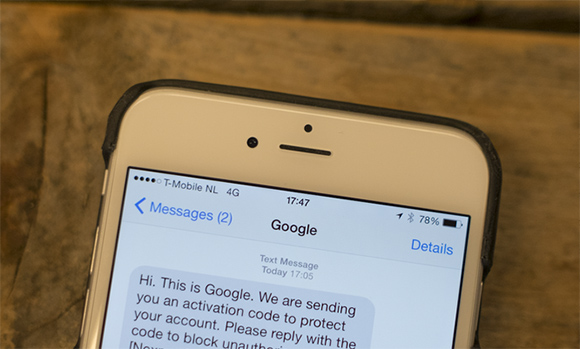Ever forgot your password to your email? There’s a high chance you have authenticated your identity with your email service using your smartphone.
It’s an extremely common and easy way to get access back to your account but this also presents a potential vulnerability if someone has your phone number and email address. A bit of creative texting and catching you off guard is all someone needs to compromise your email account.
This phishing attempt is then started by initiating a verification code process with your email provider and having them send a text message to your phone with the code. Then they will immediately follow-up with a message about unauthorized activity and for a response with the authentic authorization code.
While it does appear suspicious, if you happen to be in the middle of something you probably won’t think twice about responding with the code. After that the perpetrator is more than able to get access to your mail and lock you out. This is twice as bad if you happen to have important information stored on your account (which you likely do) and could lead to more than just being inconveniently denied access.
Below is a video by Symantec detailing how exactly this happens and how to avoid getting tricked into losing control of your email account. So remember, stay safe and don’t respond to any suspicious messages on your mobile.







